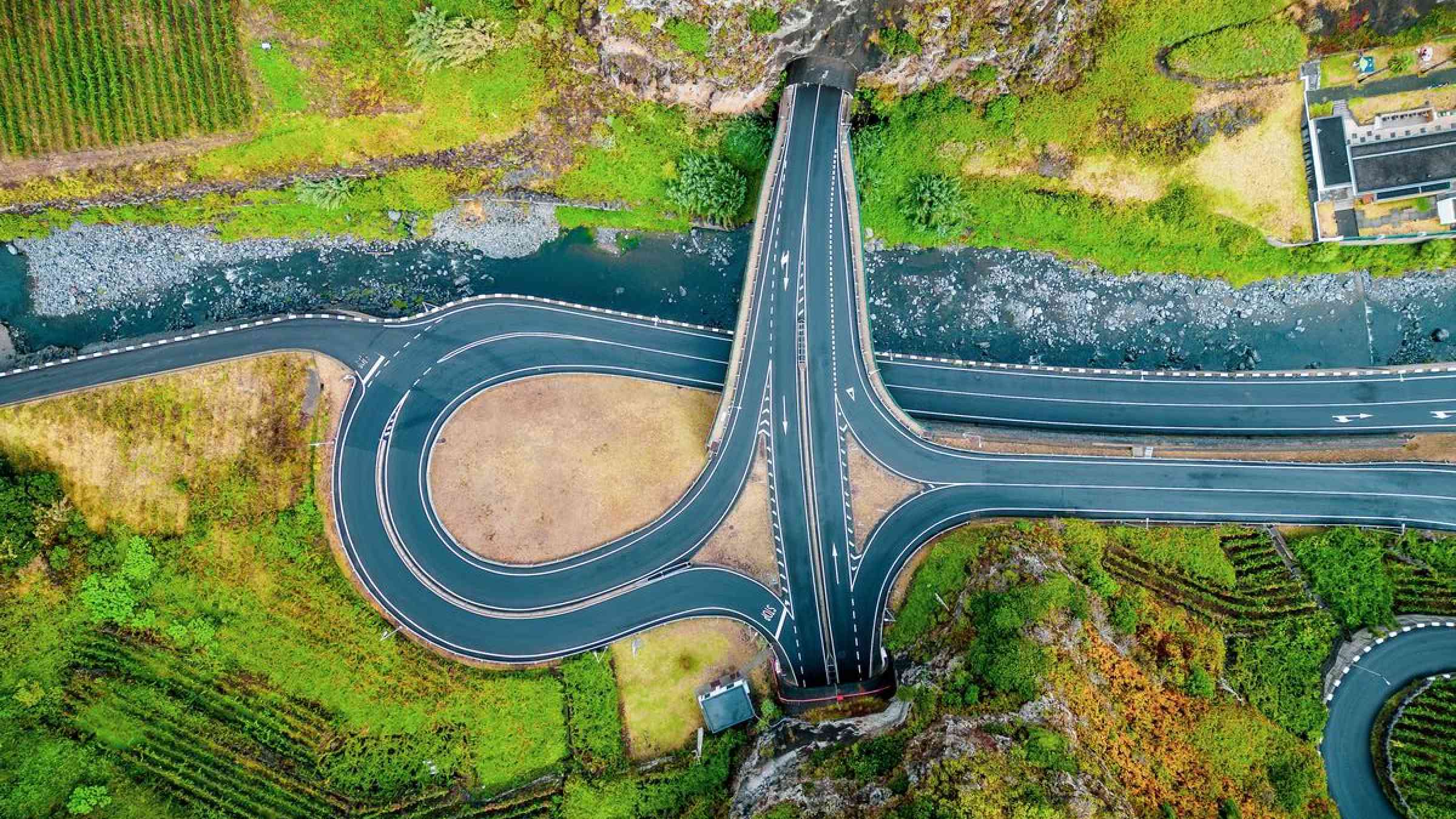Supply chain mapping, not climate prediction, is key to mitigating risk for corporate boards

Agenda, the Financial Times-produced source for U.S. corporate board analysis, recently tapped a University of Maryland-based research team for insight into how company boards can effectively deal with continuous extreme weather across the globe.
El Niño in 2024, for example, has led to heavy snowstorms disrupting the Northeast, record-breaking rainfall in California and drought southward slowing shipments via the Panama Canal by more than 30 percent. Meanwhile, 48 percent of directors polled by PwC said their boards have not created a formal crisis management escalation policy, and more than 20 percent said the supply chain poses significant oversight challenges to their boards.
While its scale and frequency are new, extreme weather isn’t unprecedented — like hurricane season in the same region year after year, said Bindiya Vakil, CEO of supply chain mapping company Resilinc and part of a UMD research effort that produced a “Playbook for a Climate-Ready Supply Chain” as part of findings published by Harvard Business Review.
Her co-researchers included Professor Emeritus Sandor Boyson for the Robert H. Smith School of Business, Smith PhD graduate Laharish Guntuka (now with Rochester Institute of Technology’s Saunders School of Business) and UMD College of Computer, Mathematical, and Natural Sciences/ESSIC Associate Research Professor Michael Gerst.
Vakil told Agenda that companies can account for such anticipated weather via planning backups to suppliers or stocking up on inventory. “But a lot of companies don’t do that, because they haven’t really bothered to map their supply chain,” she said. “And if you don’t map your supply chain, you don’t actually know which of your factories are in a hurricane region.”
Guntuka said that most companies don’t map their chains down to their second supplier. “God knows what’s happening in the third and fourth tier of suppliers.”
Vakil said she estimates fewer than 500 companies worldwide map their supplies all the way to raw materials.
Boyson told Agenda that boards looking to understand how climate will affect their supply chain should understand where their main “hubs” are. These hubs are critical, as many different suppliers go through them or because they provide a component that’s particularly difficult to source elsewhere.
“Once you identify [the hubs], investigate their capabilities,” he said. “How are they dealing with risk mapping and continuity planning on that site? Are they even looking at climate risk?”
Contingency planning for extreme weather events should include factors like alternative energy backups and temporary and medical plans for locally impacted workers, Boyson also told Agenda.
Gerst addressed the usage of sophisticated analytics tools — that they can be effectively deployed to assess climate risk. However, he added, subsequent heavy emphasis on data technology can overshadow insight already there — from suppliers already experiencing and learning to mitigate climate extremes.
“A lot can be gained by understanding and learning from current risk conditions,” Gerst told Agenda. “Really, the first thing that’ll get you a long way is just understanding what your current status is. You don’t even need a prediction.”